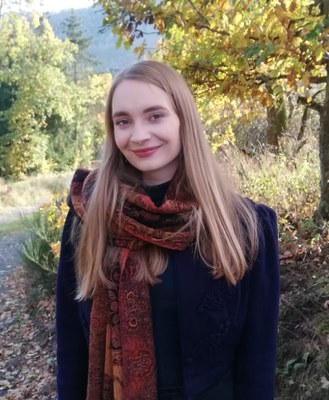This Module is part of Honors Degree Program “AI and Entrepreneurship” - a contribution of Environmental Informatics Lab of Philipps-University of Marburg to hessian.AI - The Hessian Center for Artificial Intelligence, co-funded by the German Federal Ministry of Education and Research.
Motivation
“Everything is related to everything else, but near things are more related than distant things” (Tobler, 1970). With this sentence, Waldo R. Tobler made geographic history, although his main concern was to reduce the complexity of his population simulation model so that it could be calculated at all on the IT infrastructure of the 1970s. Fifty years later, society is facing other major challenges. Environmental and climate change is leading to species loss rates comparable only to the great mass extinctions. Ecosystem functionality will change, with consequences for ecosystem services such as food production, climate regulation, or recreation. Understanding environmental change and assessing consequences requires spatial information from landscapes. The crucial question is not whether a landscape contains forest, meadow, field, and river, but how they relate to each other spatially. Simply put, if a strip of forest separates the river from the cropland, the forest acts as an important barrier to the input of nutrients from the cropland into the river. If a clearing is present in the forest, habitat complexity increases, increasing the likelihood of biodiversity and resilience to environmental change. When collecting spatial information in the field, a tradeoff must be made between level of detail, scale, and temporal repetition. Selected processes can either be studied in detail at a very limited number of observation sites or estimated at a generalized scale for a landscape. The constraints loosen when linking local surveys with area-wide remote sensing observations and predicting the locally collected information in space with artificial intelligence methods.
Learning objectives
The participants will be able to:
-
classify spatial data (e.g., from point measurements, surveys, remote sensing) based on their properties and understand the resulting properties of spatial or spatiotemporal predictions;
-
select, adapt, and apply machine learning methods to solve spatiotemporal problems in human-environment research;
-
design, use, and evaluate training/testing strategies for reliable error and validity estimation;
-
select and create appropriate representations for visual analysis and presentation of results;
-
work together in teams in an agile manner;
-
document procedures and results in a comprehensible and transparent manner and critically evaluate results.
Syllabus
The course covers 5 units:
| Unit | Topic | Learning Content |
|---|---|---|
| 01 | Big questions are spatial | On the invalidity of the first law of geography in heterogeneous spaces. |
| 02 | Remote sensing 101 | A brief introduction to remote sensing using optical sensors as an example. |
| 03 | Randomly correct is not predicted | From data reproduction to spatial prediction. |
| 04 | Deep learning | Deep-learning and spatial patterns. |
| 05 | Final team project: spatial prediction | From curiosity to research question and project planning. |
Also check our additional material for teaching basic R skills, which can be found here.

